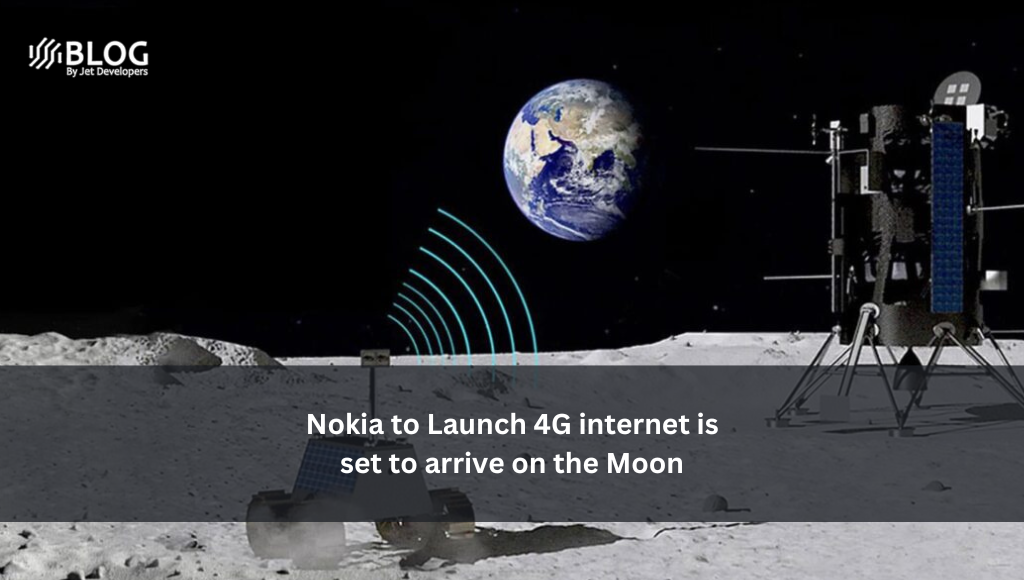Intel, the powerhouse of PC silicon, has just unveiled a game-changing addition to its mobile processor family. During the Intel Innovation event held on Tuesday, the company took the wraps off its much-anticipated Meteor Lake processors, now rebranded as Core Ultra chips after Intel decided to retire the “Core i” naming convention in June 2023. Scheduled for release on December 14, these new chips are expected to find their way into laptops hitting the market in the first quarter of 2024. This announcement not only excites tech enthusiasts but also ignites a crucial question: Can Intel-powered Windows laptops finally compete with Apple’s sleek and efficient MacBooks? To answer this, we must delve into the intricacies of Intel’s Meteor Lake and its forthcoming successors.
Meteor Lake: A Landmark in Intel’s Evolution
Meteor Lake isn’t just another processor in Intel’s arsenal; it represents a pivotal moment in the company’s journey. This processor marks the debut of Intel’s cutting-edge “Intel 4” (7nm) architecture, a substantial leap in terms of efficiency and power compared to the previous 12th and 13th generation Alder Lake and Raptor Lake CPUs. It’s worth noting that competitors like Apple have already ventured into the realm of 3nm processes with their ARM-based Apple A17 Bionic Pro, as seen in the iPhone 15 Pro lineup. However, Intel remains steadfast on the classic x86-64 architecture.
Furthermore, Intel’s Meteor Lake will feature a dedicated Neural Processing Unit (NPU) for the first time, aimed at turbocharging AI performance. This development underscores Intel’s commitment to delivering chips that strike the ideal balance between efficiency and computational prowess, meeting the demands of modern AI computing.
Tailored Efficiency
While Meteor Lake promises outstanding efficiency, Intel recognizes the divergent needs of desktop and laptop users. Desktop users often prioritize sheer computing power, whereas laptop users seek a delicate equilibrium between performance and battery life. To cater to this distinction, Intel has concentrated its efforts on laptops with its Core Ultra chips, leveraging the cutting-edge FOVEROS 3D packaging technology. These Meteor Lake chips will be exclusively tailored for laptops, while Intel plans to unveil revised Raptor Lake CPUs for the desktop market. The Core Ultra chips feature new P and E-cores meticulously optimized for power efficiency, resulting in graphics performance that’s twice as fast in terms of performance per watt. Alongside this, the inclusion of an NPU for AI tasks firmly establishes Intel’s Core Ultra as a testament to the company’s latest innovations.
Redefining CPU Cores
Intel has adopted a chiplet approach to enhance the power efficiency of its processors, decentralizing certain CPU functions.
Each Meteor Lake chip comprises two primary components: a “low-power island” capable of autonomous operation, complete with its own CPU core, AI coprocessor, media engine, and memory. Complementing this is a “Compute Tile” on Intel 4, housing the P and E cores (named Redwood Cove and Crestmont), and a separate Graphics Tile manufactured on TSMC N5. The Thread Director plays a crucial role, ensuring tasks are assigned to higher-power cores only after lower-power ones have exhausted their capabilities.
The AI coprocessor is a separate entity that Windows can directly access and monitor through Task Manager. The “Media” function is decoupled from the “Graphics” function, enabling video encoding and decoding without relying on the graphics tile. Intel has also introduced hardware support for features like the AV1 film grain, previously executed using GPU shaders. The SoC tile further supports AV1 video, HDMI 2.1, DisplayPort 2.1, 8K HDR video, or up to four 4K displays, in addition to Bluetooth 5.4 and Wi-Fi 7.
Advancements in Graphics
Intel’s focus extends beyond CPU enhancements, as it introduces the next generation of integrated graphics with Meteor Lake. The Xe LPG graphics architecture offers enhanced efficiency compared to its predecessor, Xe LP. This enhanced efficiency translates into higher frequencies at lower voltages, ultimately contributing to improved battery life. Furthermore, Xe LPG brings key features from Intel’s Xe HPG discrete graphics, including dedicated raytracing accelerators and support for DirectX 12 Ultimate. Intel’s upscaling technology, XeSS, provides additional benefits such as support for 8K displays and HDMI 2.1.
TSMC: Competitor and Collaborator
Intel’s journey has been riddled with challenges, with competitors like TSMC and AMD making substantial strides in the semiconductor industry. Interestingly, TSMC wears a dual hat, serving as both a competitor and partner to Intel by manufacturing a significant portion of the chipsets inside Meteor Lake. While TSMC competes with Intel in various markets, it also plays a pivotal role in advancing Intel’s chip technology, highlighting the intricate dynamics of semiconductor manufacturing.
What Lies Ahead for Intel?
Beyond Meteor Lake, Intel has an exciting roadmap that promises further innovations. Chief Executive Pat Gelsinger has unveiled processors scheduled for release in 2024 and 2025: Arrow Lake and Lunar Lake in 2024, followed by Panther Lake in 2025. These processors are integral to Intel’s ambitious plans as the company strives to regain its leadership in processor design and manufacturing.





